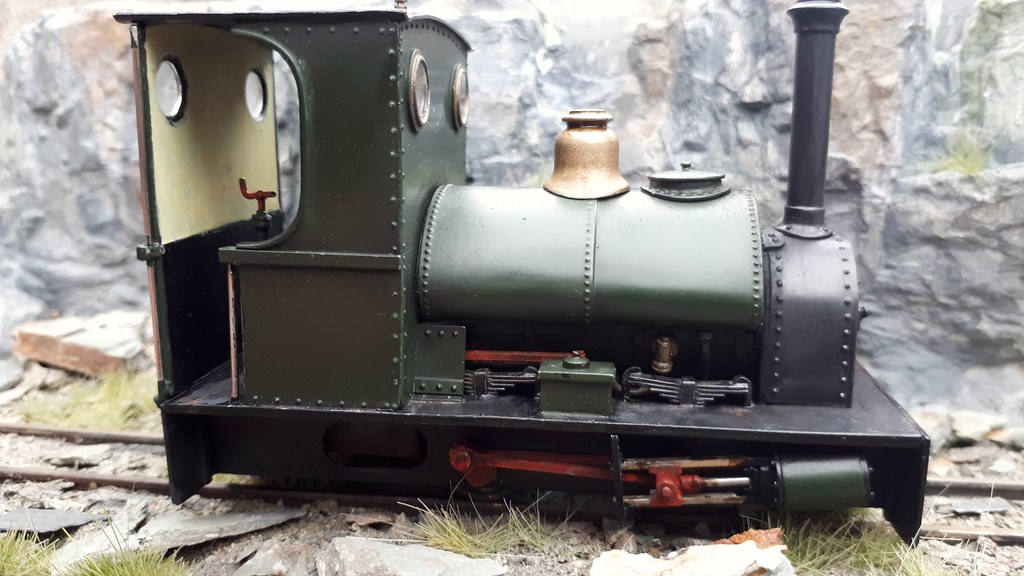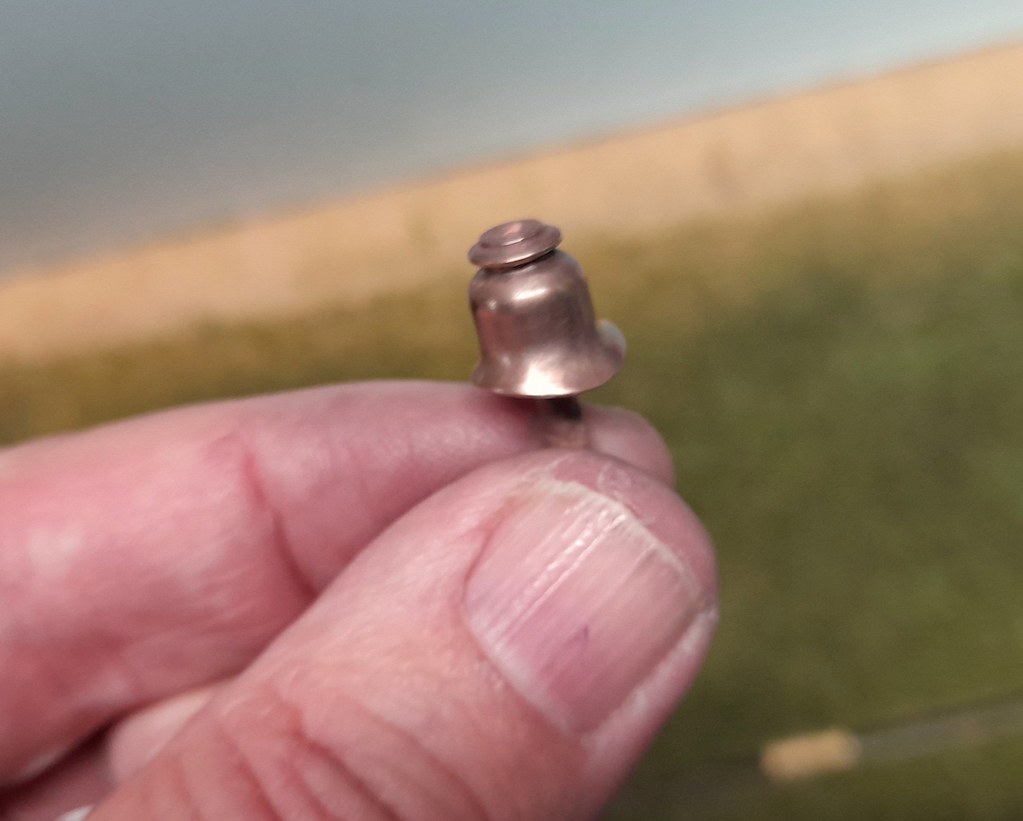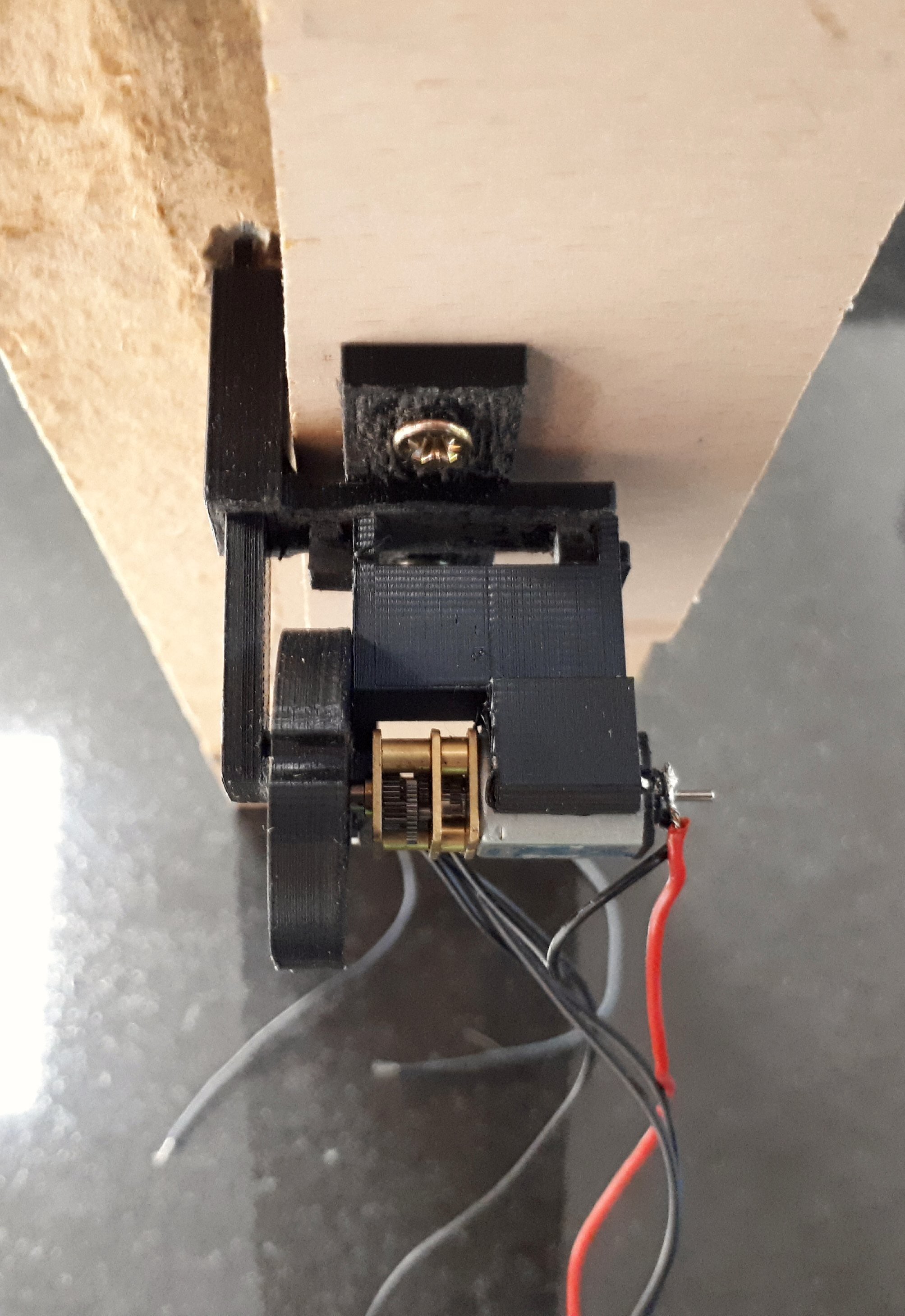Winding back a bit.......
The Peckett I built up recently has one compromise which I couldn't particularly help. The steam dome. It's a very good white-metal casting, which cleans up nicely, and of course should be brass. Now I have made brass domes in the past (some 0 gauge kits are carrying castings from patterns I made long ago) but it is a faff, and I wanted to use the actual kit on this loco, otherwise I would end up throwing too much of it away, and actually it's a very decent kit as they go..... I therefore painted it, taking trouble to read the paint instructions for a change, and it didn't look too bad...

My Christmas present from Di has been a simple electroplating kit, comprising of a decent power supply, chemicals for copper, silver and gold plating - in small quantities, leads and copper and graphite anode. This was all a complete surprise may I say!
I have another Peckett kit, for which I have already cut frames and rods, and I thought that the dome might make a suitable experiment for plating!
I cleaned it up and polished it, and set up the kit, and in three minutes had copper plated the dome....

This was it after two minutes of buffing with a kitchen towel (no polish)
I then set things up for gold plating (24 carat, no less!) and, zapped in for about five minutes

And hey presto, a 'brass' dome....... and a successful experiment!
 2020-10-30_02-02-54 by giles favell, on Flickr
2020-10-30_02-02-54 by giles favell, on Flickr 2020-10-30_02-15-04 by giles favell, on Flickr
2020-10-30_02-15-04 by giles favell, on Flickr
 2020-11-16_05-21-02
2020-11-16_05-21-02 2020-11-17_08-41-16
2020-11-17_08-41-16 2020-11-17_08-41-42
2020-11-17_08-41-42




 Simple electroplating kit
Simple electroplating kit